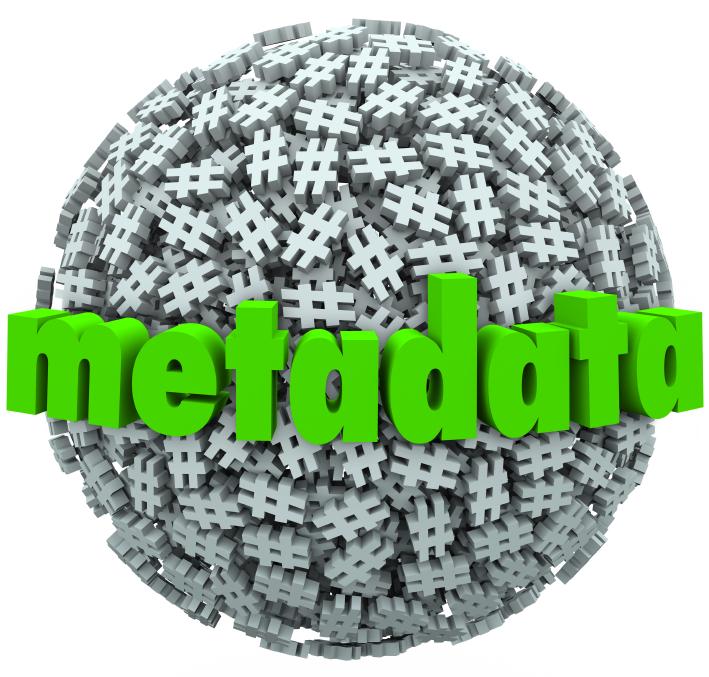What is Metadata?
10
MARCH, 2017
Sometimes in the IT world we have names for features and capabilities that seem to be tailored for a business user’s confusion. One such word is Metadata. However the concept of metadata is actually quite simple.
You might have heard it referred to as data about data, but when the term data can mean different things to different people, what does that actually mean?
Metadata is essentially information about data. Imagine a piece of data is a customer ID. Technical Metadata around that customer ID might be “what table does that ID reside in” or “what kind of data type is it”. However, the metadata most businesses get excited about is Business Metadata.

What is business metadata?
Business Metadata provides meaningful insight to the business about the data they are storing. Surprisingly, most data does not naturally present itself in ways that are meaningful to the business. This is because transaction systems use the data for their own internal workings and not to chat with the business. This is where Business Intelligence tools enter into the picture.
The most powerful Business Intelligence tools have sophisticated business metadata design utilities, which allow business definitions to be associated to the data. In turn, this empowers business people to both interact with and understand what the data is.
Two different kinds of metadata are descriptive and structural metadata. Descriptive metadata relates to a piece of information and gives you extra detail about it. For example, author, date created and date modified and file size are examples of very basic document metadata (i.e. descriptive). Whereas structural metadata relates to many things and tells you how similar bits of information are stored and what they mean.
How do you know if you are dealing with structural or descriptive metadata
We know that all sorts of files have metadata including photos, spreadsheets and videos. Descriptive metadata is information that tells you things such as who made the file, when it was made, where it was made and how big it is.
Structural metadata applies to lots of files and helps you interpret data by describing what fields mean, even if this is describing descriptive metadata.



